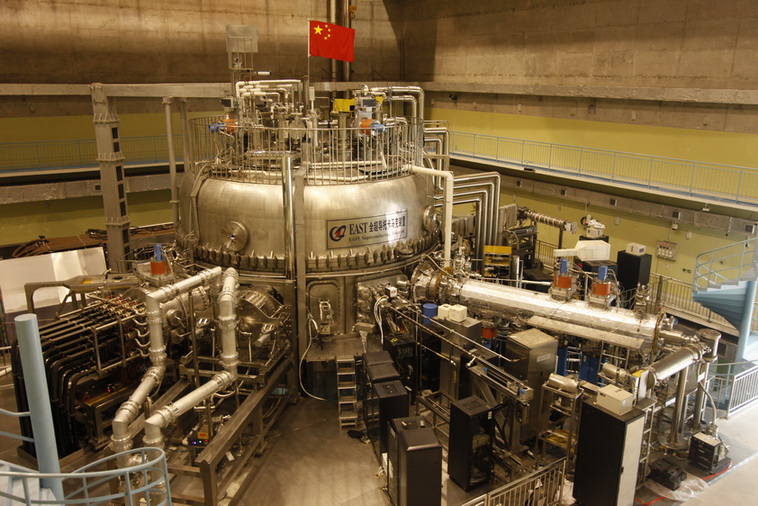The current success of China in the field of creating a fusion reactor that is capable enough to provide them a limitless supply of clean energy has also given many scientists and environmental enthusiasts to look into its negative as well as its positive aspects.
Advantages of the Artificial Sun
We really believe that it will serve as a key to provide limitless energy to all mankind. Scientists around the globe are working simultaneously on this goal since they all believe it would provide answers to many life-critical issues we are facing now:
- Since EAST cannot produce any waste material, the issue of carbon emission is totally decapitated.
- It will enable us to produce crops and organic vegetables, which means hunger issues will be administered.
- Petroleum wars have gone since power can be extracted from unlimited sea water.
- Permanent stations on the Moon or Mars are easy since power is not an issue.
- Interstellar travel is possible as power will not be an issue.
- It will give us new dimensions towards the functionality of Sun and helps to improvise fusion reactor technology.
It would be considered as the greatest breakthrough of mankind ever in our history.
Read: Will China’s artificial sun be a threat to the environment?
Disadvantages of the Artificial Sun
China’s “artificial sun” set a new record after it ran at 120 million °C for 101 seconds, according to the state media. The Experimental Advanced Superconducting Tokamak (EAST) device designed by China replicates the nuclear fusion process carried out by the sun.
For 20 seconds, EAST also achieved a peak temperature of 160 million °C, which is over ten times hotter than the sun. The experiment was conducted at the Institute of Plasma Physics of the Chinese Academy of Sciences (ASIPP), in Hefei.
The ultimate goal of EAST is to create nuclear fusion like the Sun, using deuterium abound in the sea. Deuterium from one-litre of seawater can produce energy equivalent to 300 litres of gasoline through a nuclear fusion reaction.
For nuclear fusion to occur, tremendous heat and pressure are applied to hydrogen atoms so that they fuse together. Unlike fission, nuclear fusion is considered a safer process with no nuclear waste. Nuclear fusion could potentially provide unlimited clean energy at very low costs.
- Although the reactor is a solution to provide limitless energy, it still has its own disadvantages like handling the plasma and the constitutent hot particles which can be very complex.
- Since anything can’t withstand the heat produced here on earth, we manipulate the electromagnetic fields in a very crucial way that it holds the plasma for us. This is very dangerous if the plasma had to escape the magnetic bounds and enter the outside world. It would cause a massive shock wave and burns to people at some km of radius near.
China’s EAST project is part of the International Thermonuclear Experimental Reactor (ITER) facility that will become the world’s largest nuclear fusion reactor after it becomes operational in 2035. Several countries are a part of this project, including South Korea, Japan, Russia, India, and the United States. The next goal for the EAST project is to maintain the high temperature for a long period of time.
Also read: China successfully tested ‘Artificial Sun’: 5 times hotter than the real sun
